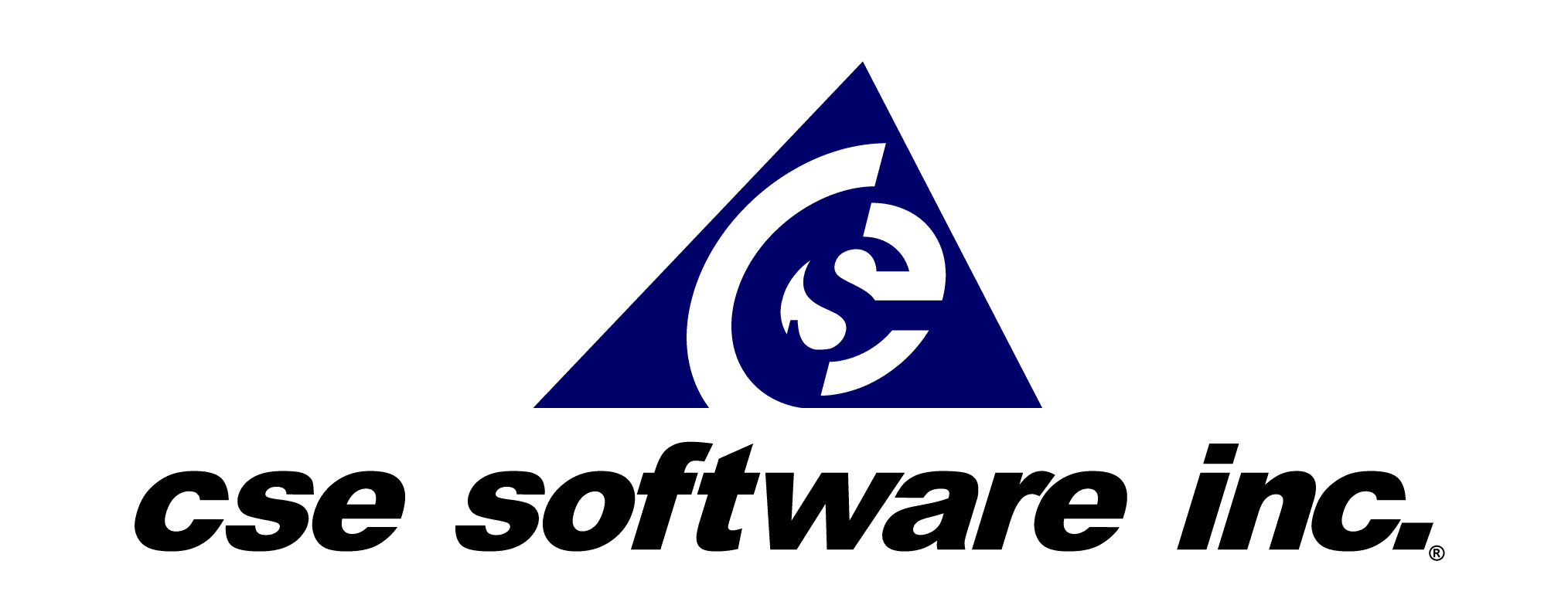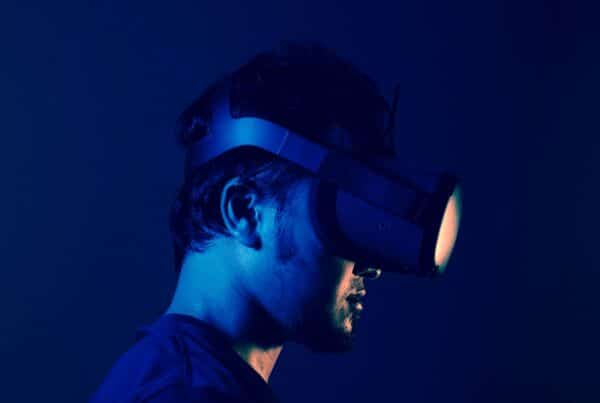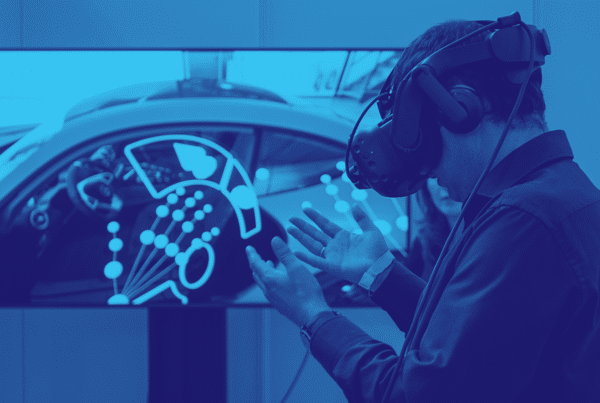Field service industries are continually seeking innovative ways to train their workforce effectively, and Augmented Reality (AR) has emerged as a solution. This solution reforms traditional training methodologies with its immersive capabilities. According to a report by PwC, utilizing XR for training can enhance learning outcomes by up to 40%. This significant improvement is compelling organizations across various sectors to adopt AR technologies to improve efficiency, enhance safety, and reduce training time, particularly in technical and field services. AR training is being strategically implemented to elevate field service skills, ensuring employees are not only well-prepared and connected but are also more engaged in their learning processes.
What is AR Training
Augmented Reality training integrates digital information directly into the users’ real-world environment. Unlike Virtual Reality (VR), which creates a fully artificial environment, AR enhances reality by overlapping digital data such as images and videos over the user’s view of the world. This blend of digital and real-world elements makes AR particularly suited for hands-on training applications in industries such as manufacturing, healthcare, and field services.
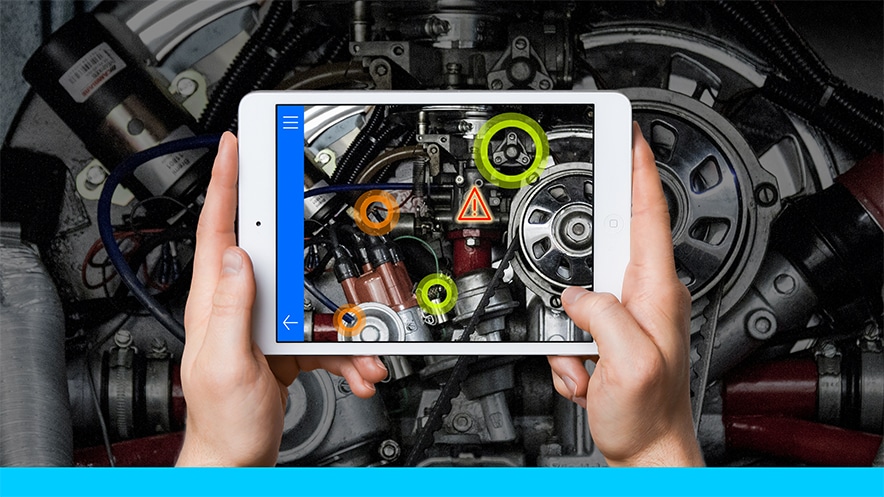
Benefits of AR Training
Contextual Learning
AR provides contextual learning experiences by presenting information in the context in which it will be used. This contextualization helps learners understand the relevance of their decisions and how different choices can lead to different outcomes in a real-world setting. Seeing the immediate impact of their decisions within the AR environment reinforces learning and aids in the retention of decision-making principles.
Interactive Learning
Augmented Reality transforms passive learning scenarios into dynamic, interactive modules. By merging digital content with the physical world, AR captivates learners through visual, tactile, and cognitive engagement. For instance, technicians using AR might see a digital overlay of a machine’s internal components, allowing them to interact with each part to learn its function within the system. This interaction not only makes training sessions more engaging but also significantly enhances the depth of understanding and retention of complex information.
Reduced Training Time
The immersive and interactive nature of AR significantly reduces the time required for effective training. Trainees can practice and master skills in realistic simulations that mimic actual tasks, such as assembling a machine or performing maintenance. Real-time feedback is provided, helping learners correct mistakes immediately and absorb the correct procedures more quickly. This hands-on approach minimizes the learning curve, enabling workers to achieve proficiency faster than traditional training methods.
Improved Decision Making
AR’s ability to simulate real-world scenarios allows trainees to practice decision-making in a controlled, risk-free environment. This experience is invaluable for developing critical thinking skills and enhancing the ability to make informed decisions under pressure. Furthermore, the immediate feedback offered by AR helps reinforce good decision-making practices and correct poor ones in real time.
Cost-Effective
Although the initial investment in Augmented Reality technology might appear substantial, the long-term benefits and cost savings are significant. AR training reduces the need for physical materials, minimizes travel costs by allowing remote training, and cuts down on the time trainers and trainees need to spend in traditional classroom settings. Moreover, AR applications are scalable and can be easily updated to accommodate new training modules, making them a cost-effective solution for dynamic industries.

AR Training for Field Services
By providing immersive, interactive training, AR accelerates knowledge transfer, enabling new technicians to quickly gain the skills needed with less dependency on the availability of expert trainers. AR’s capability to simulate real-life scenarios safely allows technicians to practice and perfect their skills without the risk of damaging equipment or causing downtime. In the field, AR aids technicians with visual instructions and real-time expert support, which improves accuracy and speeds up maintenance tasks. Furthermore, AR training has shown to increase employee engagement and retention, as it makes the learning process more engaging and less monotonous. These advantages not only boost productivity but also translate into substantial cost savings for employers, as better-trained technicians are more efficient and require less corrective training.
Technical Skills and Multi-Step Tasks
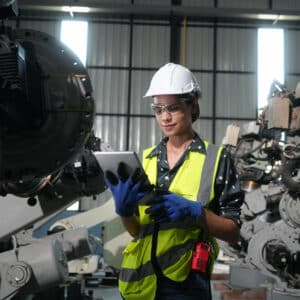
In field services, where precision and efficiency are crucial, AR provides step-by-step guidance through complex tasks. For example, AR can guide a technician through the repair of sophisticated
equipment, showing each step in the process with accompanying digital instructions. This guidance ensures that tasks are performed correctly the first time, reducing the likelihood of errors and rework.
Multilayered Understanding
AR gives technicians a multilayered understanding of the equipment they work on. By overlaying detailed information about each component and its function, AR helps technicians visualize how various parts fit together and operate within the system. This deepens their understanding of the equipment, which is essential for effective troubleshooting and maintenance.
The Future of Augmented Reality Training
The future of Augmented Reality training is promising and expected to integrate more deeply with technologies like AI and machine learning. This integration will provide more personalized and adaptive learning experiences that can respond in real time to the trainee’s progress and needs. Additionally, the use of AR in training can be expanded to more complex and diverse scenarios, providing even more comprehensive skill development opportunities.
Start Implementing AR Training
Implementing AR training effectively starts with identifying areas where current training methodologies fall short or where rapid skill development is critical. Pilot projects can help organizations understand the impact of AR training and refine their approach before rolling it out on a larger scale.
Get Started
Augmented Reality is setting new standards in training and development, offering interactive, efficient, and cost-effective solutions that enhance both the learning experience and the quality of work. At CSE Software we specialize in creating customized AR training solutions that align with specific industry needs and help businesses achieve their training goals. By adopting AR, companies can not only elevate their training programs but also gain a significant competitive edge in today’s fast-paced market.
Ready to transform your training programs with AR? Contact CSE Software today to learn how our AR development services can help you enhance operational efficiency and employee performance. Let’s build the future of training together.
